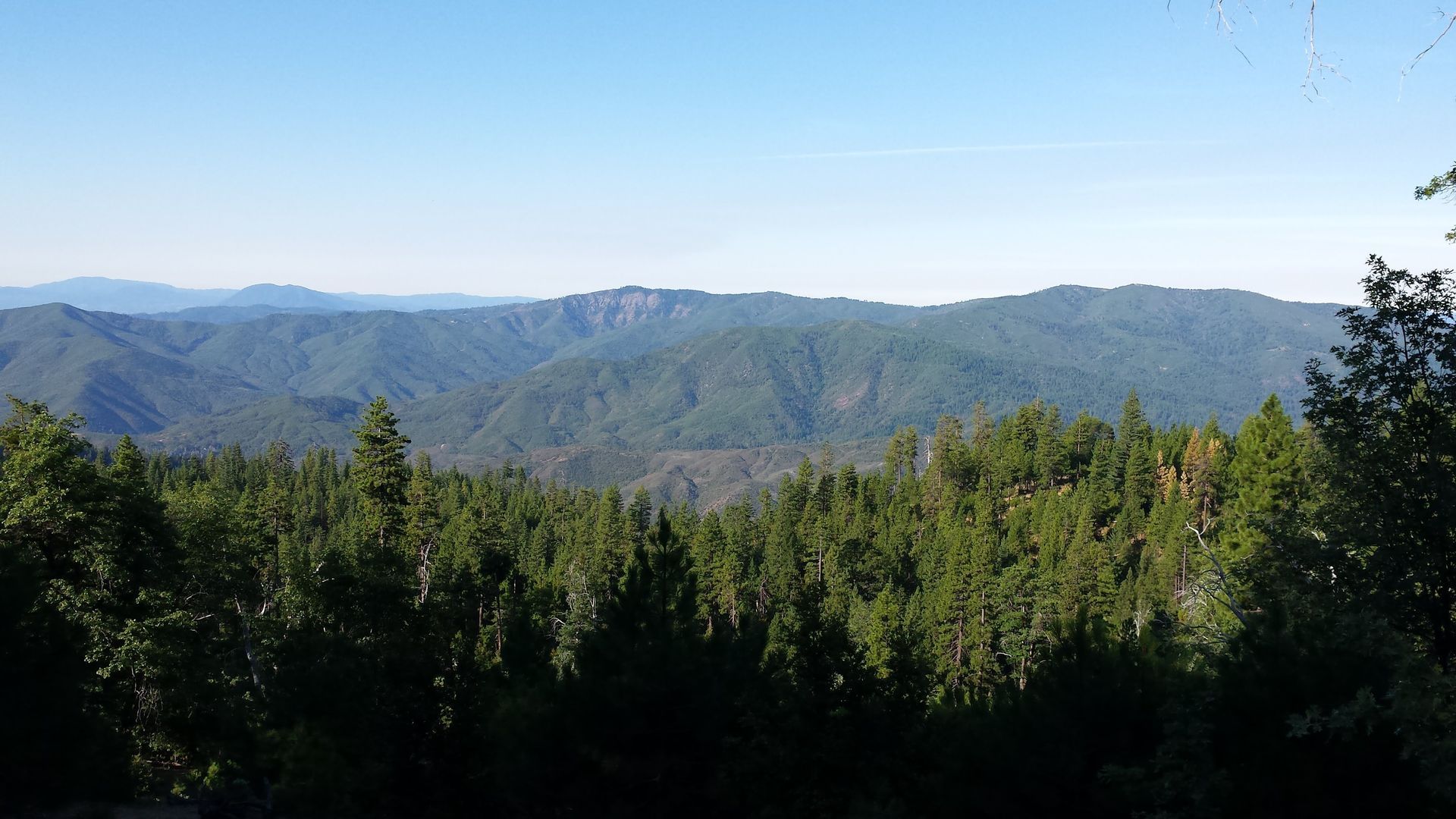Monumental Questions - The Ecological Importance of Berryessa Snow Mountain National Monument

The steep slopes, deep valleys, and high ridges have a positive impact on Berryessa Snow Mountain National Monument's ecological importance.
Berryessa Snow Mountain National Monument was established by Presidential Proclamation on July 10, 2015 by President Obama using his authority via the Antiquities Act of 1906. This was the reward for years of hard work by Tuleyome, our partners, and our supporters. It highlighted our vision: “We dream. We act. Together we get things done!”
In 2017, in response to Executive Order 13792 – Review of Designations Under the Antiquities – Conservation Science Partners submitted a report to the Center for American Progress highlighting the ecological values of 22 national monuments. Berryessa Snow Mountain National Monument was included in this report.
The report looked at “12 landscape-level indicators of ecological value” including ecological connectivity, ecological intactness, climate resilience, and mammal, reptile, and bird diversity. Looking at landscape-level data is important to help conservation planning that is functional and resilient. Berryessa Snow Mountain National Monument was in the 90th percentile or higher in ecological system type rarity, climate resilience, bird diversity, and rarity-weighted species richness.
Berryessa Snow Mountain National Monument scored highest – 95.4 percentile – in ecological system type rarity – an area’s ability to “support rare unique, or irreplaceable natural systems.” In addition to vegetation, this metric looked at the landscape, substrate, hydrology, and climate.
Climate resilience is the measure of an area’s ability to adapt to climate change. The species in areas of high climate resilience can adapt through local and long-distance movement. Two other indicators that were studied and are closely related to climate resilience are ecological intactness (minimal-“ness” of human activity that allows the landscape to support evolutionary and ecological processes) and ecological connectivity (the capacity to facilitate natural processes – migration, gene flow, etc). Berryessa Snow Mountain ranked in the 77th and 56th percentile, respectively, which indicates that these are important factors.
That Berryessa Snow Mountain is in the 90th percentile for rarity-weighted species richness indicates that the area is home to numerous endemic species and/or has critically imperiled species with limited distributions. Protecting the region is important to maintain diversity and protect “rare, sensitive, and irreplaceable species.”
This report looked at Berryessa Snow Mountain National Monument in its entirety, from the land around Stebbins Cold Canyon to Snow Mountain Wilderness. While it did not provide metrics for Molok Luyuk specifically, this area exemplifies each of these. Driving along the ridge, it is easy to see the different ecosystems and habitats – serpentine/chaparral, oak grasslands, springs, cypress stands. The varied elevation also provides opportunity for species to move locally to adapt to climate change while providing a connection between valleys to help diversify gene flow.
If Berryessa Snow Mountain National Monument is expanded to include the federally managed lands along Molok Luyuk, the area will be better prepared for climate change and continue to provide habitat to endemic and rare species.
The full report is available for download here.
-Nate Lillge (nlillge@tuleyome.org)
Tuleyome Adventures and Engagement Director
Certified California Naturalist
RECENT ARTICLES






